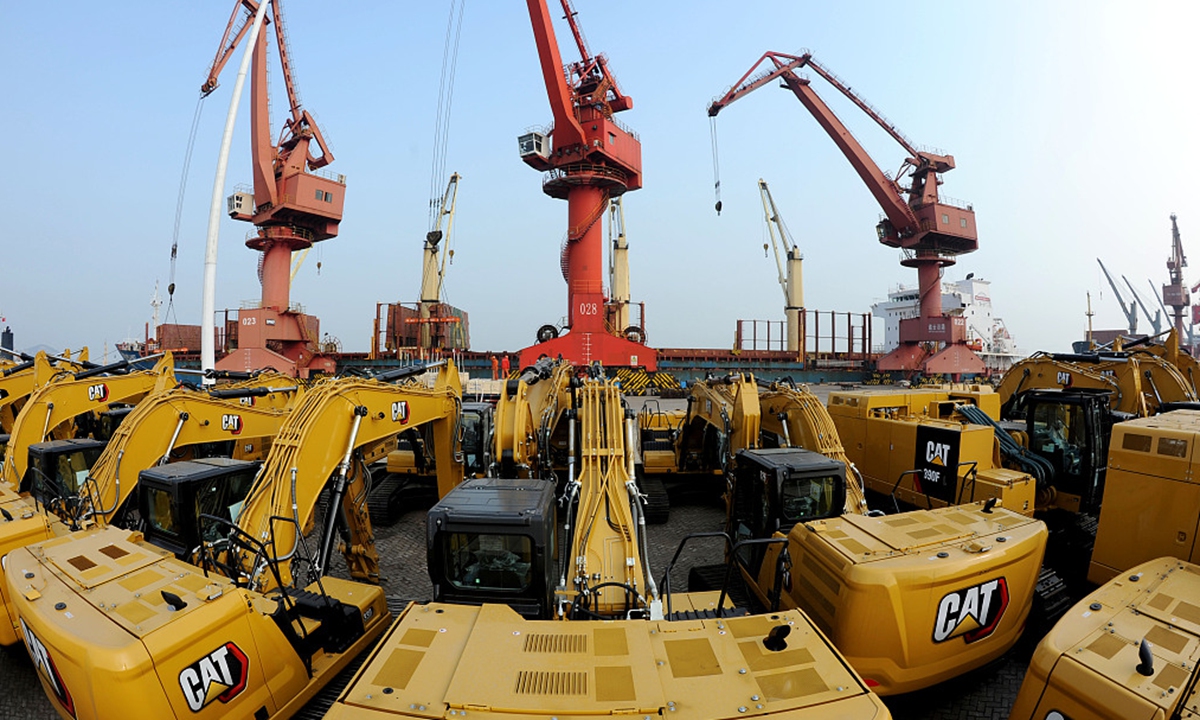
Photo taken on March 19, 2019 shows the view of the Central Business District (CBD) in Shenzhen, south China's Guangdong Province.Photo:Xinhua
China's 31 provincial governments have released their GDP data, showing that 20 provinces have recorded faster GDP growth than the nation as a whole, an indication that the country's local economic development has generally withstood the hardship amid the coronavirus epidemic.
South China's Guangdong Province once again defended its position as the largest economy by GDP among all the provinces and municipalities in 2020. The province's GDP surpassed the 11 trillion yuan ($1.7 trillion) mark in 2020 for the first time, ranking it No.1 for 32 consecutive years among all Chinese provinces in terms of economic output.
East China's Jiangsu Province ranked second with its GDP exceeding 10 trillion yuan for the first time, while East China's Shandong Province ranked third with 2020 GDP at 7.3 trillion yuan.
Since all the top three provinces are China's largest manufacturing hubs, their consistently strong economic performance highlights the resilience of the country's manufacturing sector in a year marked by an unprecedented hit from the coronavirus, Dong Dengxin, director of the Financial Securities Institute at Wuhan University of Science and Technology, told the Global Times.

Photo:VCG
China's manufacturing Purchasing Managers' Index (PMI) was 51.9 in December, according to data released by the National Bureau of Statistics. The manufacturing PMI has remained above the 50 mark for 10 consecutive months, revealing that the country's factories remain on a sustained recovery trajectory.
In terms of the rate of GDP growth, provinces and regions in central and western China, which have relatively weak economic bases, took the lead in 2020. Twenty provinces saw their GDP growth outpace the national average. The Chinese economy grew at 6.5 percent in the fourth quarter, bringing its annual GDP growth to 2.3 percent in 2020.
With its GDP ranking the last, Southwest China's Tibet Autonomous Region led the country with a 7.8 percent growth rate, followed by Southwest China's Guizhou Province and Yunnan Province at 4.5 percent and 4 percent.
It is notable that Central China's Hubei Province, which was hit hardest by the coronavirus epidemic, is the only province to record negative growth in 2020. Hubei's GDP contracted 5 percent to 4.34 trillion yuan, beating economists' expectations of a double-digit decline.
Global Times


